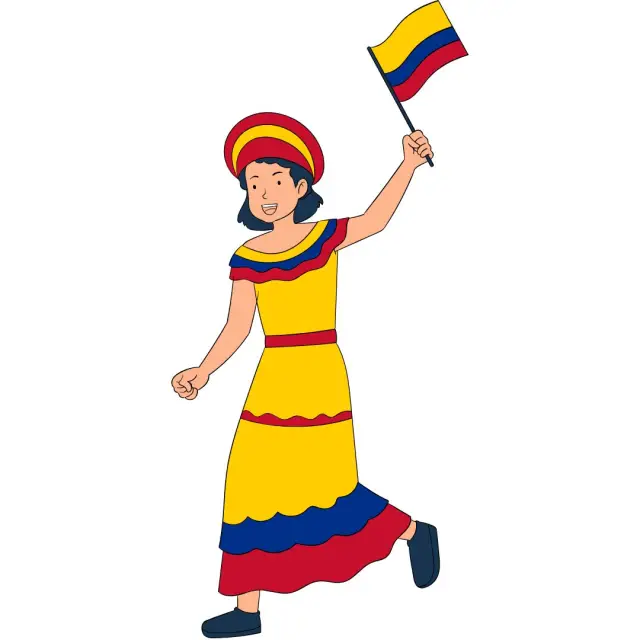The independence of Colombia was a long and complex process that spanned from the end of the 18th century until the consolidation of the Republic in 1819. This process was influenced by various internal and external factors that led to emancipation from Spanish rule.
You might be interested in: Independence Day 2025 in Colombia
Before independence, Colombia was part of the Viceroyalty of New Granada, a territorial entity created by the Spanish Crown in 1717 and reestablished in 1739. This viceroyalty included the present-day territories of Colombia, Ecuador, Panama and Venezuela. The Spanish administration imposed a colonial system based on resource exploitation, commercial control and social hierarchization, which generated discontent among Creoles, mestizos and indigenous people.
Since the end of the 18th century, several causes have been developed that have contributed to the desire for independence. Among them are:
- The Bourbon Reforms : The Spanish monarchy implemented a series of administrative and economic changes that reduced the power of the Creoles and increased taxes, generating growing unrest.
- The Independence of the United States (1776) and the French Revolution (1789) : These events inspired many in Latin America, showing that it was possible to break with a monarchical regime and establish their own governments.
- The Napoleonic invasions of Spain (1808) : Napoleon Bonaparte invaded Spain and placed his brother Joseph Bonaparte on the throne. This weakened Spanish authority in America and created a power vacuum that allowed the formation of governing juntas in several colonies.
The First Attempts at Independence (1810-1816)
July 20, 1810 is considered the official beginning of Colombia's independence. That day, in Santafé (now Bogotá), the famous episode of "Llorente's Flowerpot" occurred, where a group of Creoles took advantage of an altercation with the Spanish merchant José González Llorente to start a revolt that led to the creation of a Supreme Government Board.
This event marked the beginning of a period known as Patria Boba (1810-1816), characterized by political fragmentation and conflicts between centralists and federalists. During these years, several regions declared their independence, but the lack of unity and internal disputes weakened the emancipatory movement.
In 1816, the Spanish monarchy, with the help of the absolutist Restoration after the fall of Napoleon, sent General Pablo Morillo to reconquer the viceroyalty. His repression was brutal and is known as the "Reign of Terror", where independence leaders such as Camilo Torres and Policarpa Salavarrieta were executed.
The Liberation Campaign (1819)
Despite the repression, the desire for independence did not disappear. Simón Bolívar, together with Francisco de Paula Santander and other patriots, organized a military offensive from Venezuela. This operation, known as the Liberating Campaign of 1819 , was key to the emancipation of New Granada.
The campaign included the Crossing of the Andes , a military feat that allowed patriot troops to surprise the royalists. On August 7, 1819, the Battle of Boyacá sealed the fate of independence, as the royalist forces were defeated and the patriots took control of Bogotá.
Consolidation of Independence (1820-1830)
After the victory at Boyacá, the independence of New Granada was consolidated, and in 1821 Gran Colombia was created, a nation that unified Colombia, Venezuela, Ecuador and Panama under the presidency of Simón Bolívar.
However, this union did not last long. Internal problems, political differences and regional tensions led to the dissolution of Gran Colombia in 1830, marking the beginning of the Republic of Colombia as an independent country.
Colombia's independence was a long and difficult process, but it marked the beginning of the nation's self-determination. It was the result of the efforts of brave leaders and the desire for freedom of its people. Today, independence is commemorated every July 20 as a symbol of struggle and sovereignty.
